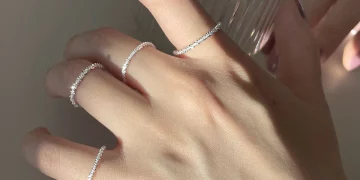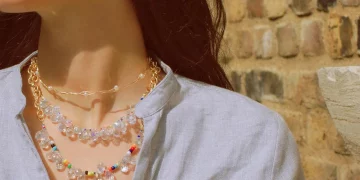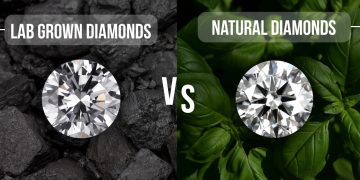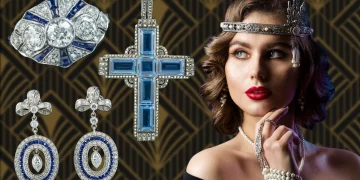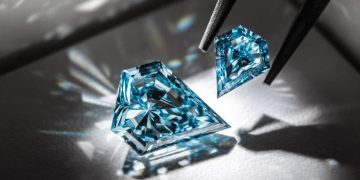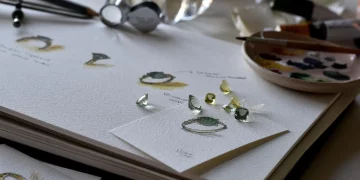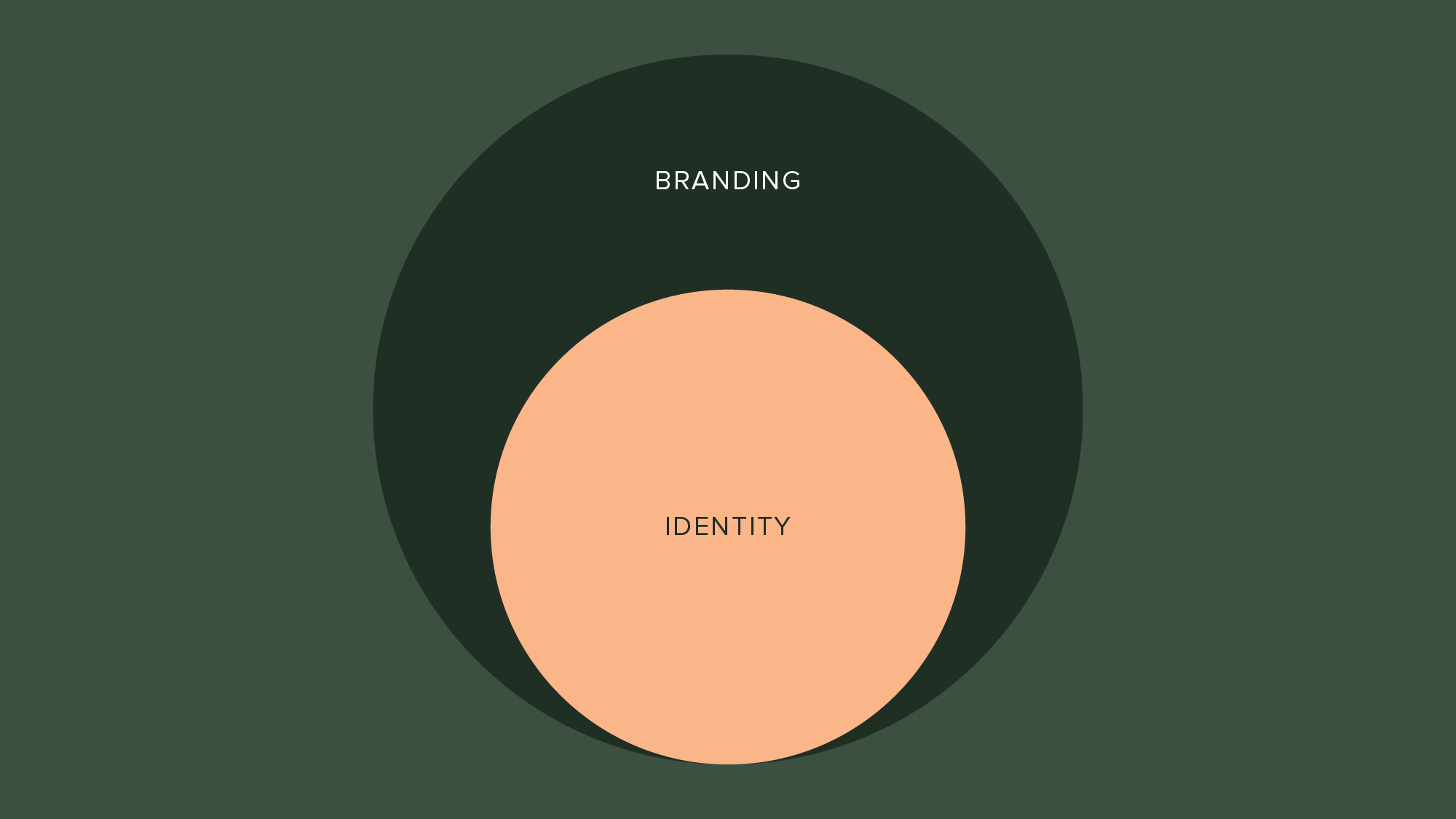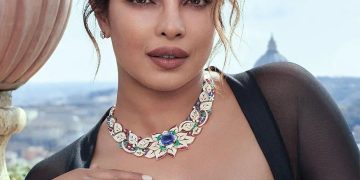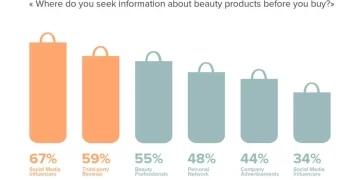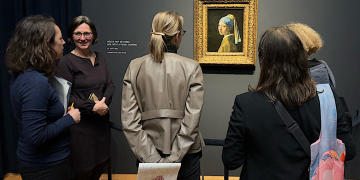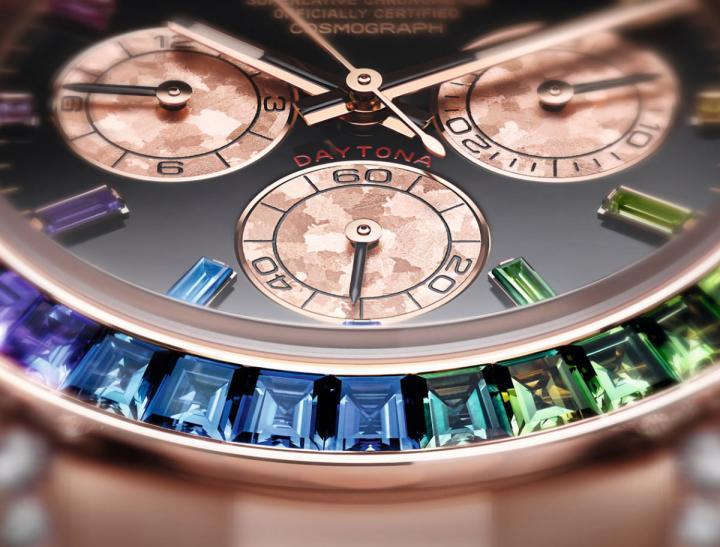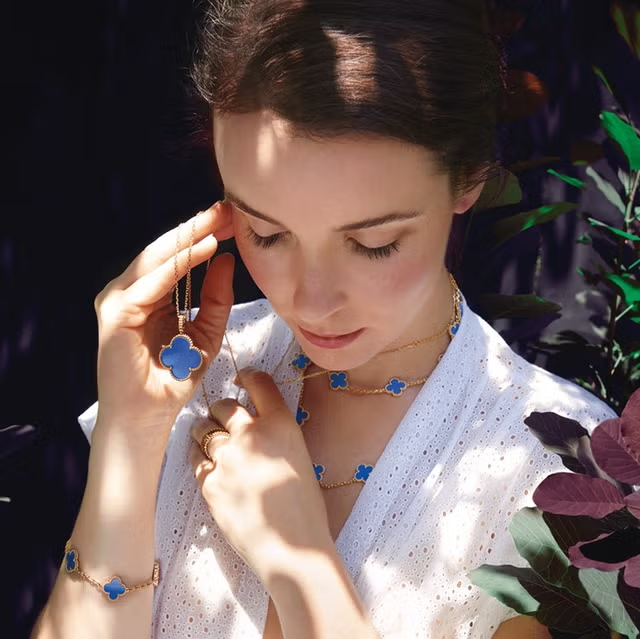Rolex, one of the most prestigious names in the world of luxury watches, has built a reputation over the years for creating timepieces that embody precision, elegance, and exclusivity. Its watches are synonymous with success, and the brand has become a symbol of status and achievement. However, in the ever-evolving luxury goods market, where consumer preferences and demands are constantly shifting, many wonder whether Rolex will branch out beyond its iconic timepieces and venture into the world of jewelry accessories.
Given Rolex’s immense brand power, it’s worth exploring whether the company will expand its product offerings and potentially enter the high-end jewelry market. Could the iconic watchmaker venture into bracelets, necklaces, rings, and other fine jewelry accessories? Would such a move align with Rolex’s existing brand values, or would it risk diluting its luxury image? This article aims to explore the possibility of Rolex launching more jewelry accessories in the future, examining the brand’s heritage, current market trends, and potential challenges it may face.
1. Rolex’s Current Brand Positioning and Heritage
Rolex is deeply rooted in the world of horology, or the study and art of timekeeping, and has been at the forefront of luxury watchmaking since its establishment in 1905. Its reputation as the maker of some of the most precise and durable watches has made it a benchmark for success and exclusivity in the watch industry. Rolex’s iconic designs, such as the Submariner, Daytona, and Datejust, are celebrated not only for their functionality but also for their timeless elegance and craftsmanship.
At the heart of Rolex’s brand is the emphasis on quality, craftsmanship, and heritage. Rolex watches are not merely timepieces—they are investments that are passed down through generations. The company has built its brand narrative around creating luxurious and highly coveted products that stand the test of time.
Given this foundation, it’s essential to understand how Rolex’s brand identity might influence any potential expansion into jewelry accessories. Rolex is a company that has consistently maintained a narrow focus on watches, with little to no movement into other categories like fine jewelry. However, as other luxury watchmakers such as Patek Philippe, Audemars Piguet, and Jaeger-LeCoultre have ventured into producing jewelry collections alongside their watches, the question arises: could Rolex be next?
2. The Watch Industry’s Intersection with Jewelry
Historically, the worlds of watches and jewelry have been closely intertwined, with many luxury watch brands creating jewelry-inspired pieces such as diamond-encrusted bezels, bracelet watches, and luxury accessories. Watches themselves are often seen as jewelry by many consumers, especially in the high-end market where precious metals and gemstones are commonly used.
A. Jewelry-Inspired Watches
Rolex itself has ventured into this territory with designs that incorporate jewelry-like elements. For instance, its Rolex Pearlmaster collection, which blends the precision of Rolex watches with the elegance of diamonds and gemstones, already blurs the line between fine jewelry and high-end timepieces. The Pearlmaster line features diamond-set bezels, exquisite gemstone accents, and precious metals like platinum and 18k gold, making it clear that Rolex has been willing to explore some jewelry elements within the framework of its watches.
B. The Success of Luxury Brands Venturing Into Jewelry
Many of the world’s most recognized luxury brands have successfully expanded their offerings into the jewelry category. Cartier, Chopard, and Van Cleef & Arpels have established themselves as leaders not only in the luxury watch market but also in the realm of high jewelry. These companies have capitalized on their brand prestige, translating their watch expertise into exquisite jewelry collections that maintain the same luxury appeal and craftsmanship.
For instance, Cartier has managed to blend its watchmaking expertise with its jewelry heritage, producing pieces such as the Love Bracelet and Juste un Clou series, both of which have become iconic in the jewelry world. In fact, many customers purchase Cartier jewelry pieces alongside their watches, which suggests that there is a market overlap between these two luxury sectors.
Given the success of other luxury brands in diversifying into jewelry, there is potential for Rolex to leverage its brand recognition and prestige to introduce its own jewelry line.
3. Rolex’s Potential Expansion into Jewelry Accessories
While Rolex has historically been focused exclusively on watches, there are several factors that could make the brand’s expansion into jewelry accessories a natural progression:
A. The Evolving Consumer Market
The modern luxury consumer is becoming increasingly interested in diversified product offerings. Many luxury buyers are no longer simply interested in one category of products, such as watches or handbags; rather, they are seeking complete luxury experiences that can include watches, jewelry, fashion accessories, and even home decor. Brands that can cater to these evolving consumer needs are more likely to build stronger emotional connections with their customers.
By expanding into jewelry, Rolex could appeal to a broader segment of luxury consumers who appreciate both elegant timepieces and high-end jewelry. This type of diversification could also enable Rolex to offer a more comprehensive luxury experience, creating a complete lifestyle brand that goes beyond watches.
B. Aligning with Luxury Market Trends
In recent years, the luxury goods market has seen significant growth in the demand for jewelry accessories, particularly as younger generations—especially millennials and Generation Z—seek out unique, personalized items that express their individuality. This shift has led to an increased interest in jewelry as an investment and as a means of self-expression.
Rolex’s move into this area could also help the brand stay relevant in a highly competitive market, where consumers are increasingly looking for bespoke and customized products that reflect their personal style. As other luxury watchmakers and jewelry houses have capitalized on these trends, Rolex could similarly tap into the jewelry market’s growth potential while maintaining its reputation for quality and exclusivity.
C. Strengthening the Brand’s Exclusivity and Status Symbol
Another compelling reason for Rolex to consider jewelry accessories is the opportunity to further solidify its status as a symbol of success and luxury. High-end jewelry, like a finely crafted Rolex watch, often serves as a status symbol, with both items often purchased for their emotional value and cultural significance.
By adding jewelry accessories, Rolex would have the opportunity to offer complementary pieces that reinforce the luxury lifestyle it represents. For example, bracelets, necklaces, and rings that feature diamonds, precious metals, or Rolex’s signature design elements could further enhance the brand’s status as an all-encompassing luxury brand. Jewelry pieces could also serve as excellent gifts for loyal customers, further boosting customer loyalty and promoting long-term engagement.
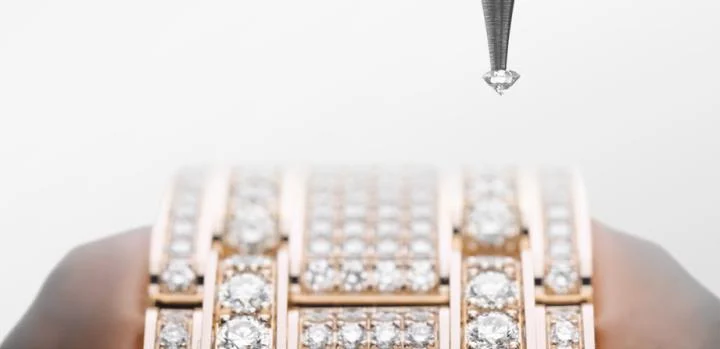
4. Challenges and Risks for Rolex
While the prospect of Rolex expanding into jewelry accessories presents many opportunities, it also comes with certain risks and challenges:
A. Preserving Brand Identity
Rolex has long been associated with timeless watchmaking and exclusive timepieces. Venturing into jewelry could pose a risk of diluting the brand’s core identity, especially if the designs do not meet the same high standards of craftsmanship and exclusivity that Rolex is known for. Expanding into a new category would require careful attention to quality control and brand consistency to avoid alienating existing customers who value Rolex’s focused approach to watchmaking.
B. Competition in the Jewelry Market
The high-end jewelry market is highly competitive, with established brands like Cartier, Tiffany & Co., and Van Cleef & Arpels already commanding significant market share. These brands have long histories in jewelry, and Rolex would need to offer something truly unique to stand out in such a crowded field. The brand would need to strike a balance between maintaining its watchmaking legacy while introducing jewelry that is innovative and exclusive.
5. Conclusion: A Possibility for the Future?
While Rolex has not made any public moves into the jewelry market yet, the idea of the brand expanding into jewelry accessories in the future is not entirely out of the question. Given Rolex’s market influence, brand prestige, and growing consumer demand for diversified luxury products, it could be a logical progression for the brand to venture into the world of high-end jewelry.
However, Rolex must be careful not to dilute the very essence of what has made it such a revered brand in the watch industry—quality, exclusivity, and craftsmanship. If Rolex does decide to expand into jewelry, it will need to ensure that its offerings align with these same values, staying true to its heritage while embracing new opportunities for growth.
Ultimately, only time will tell whether Rolex will take the step into the world of jewelry accessories, but given its track record of making bold, yet carefully considered moves, the possibility remains intriguing for the future.

